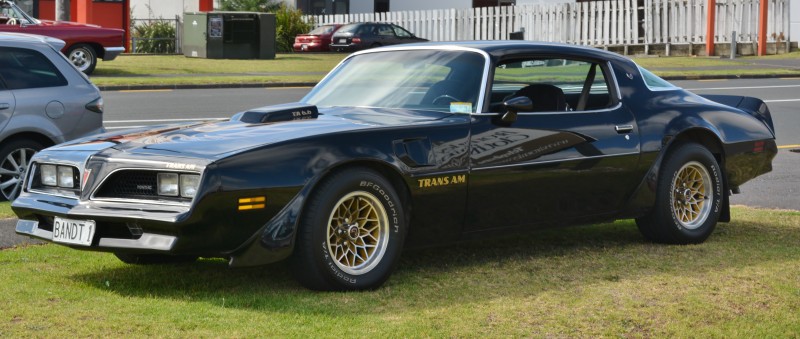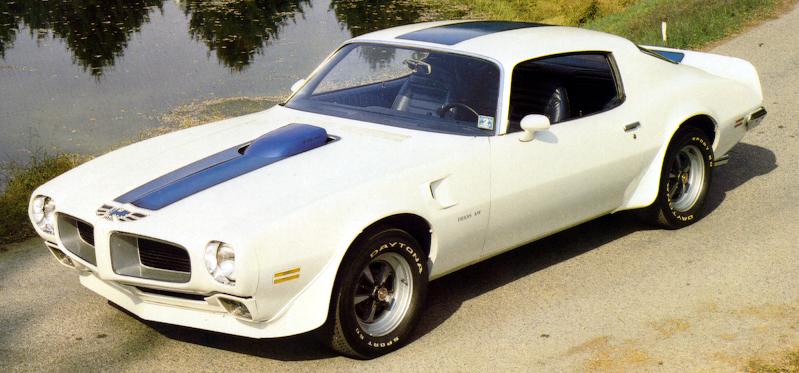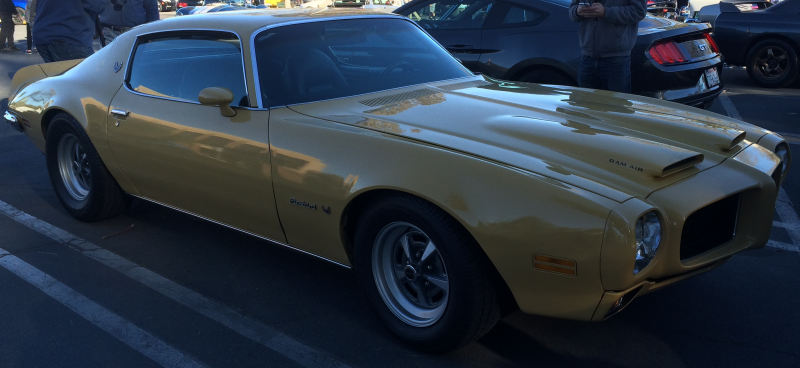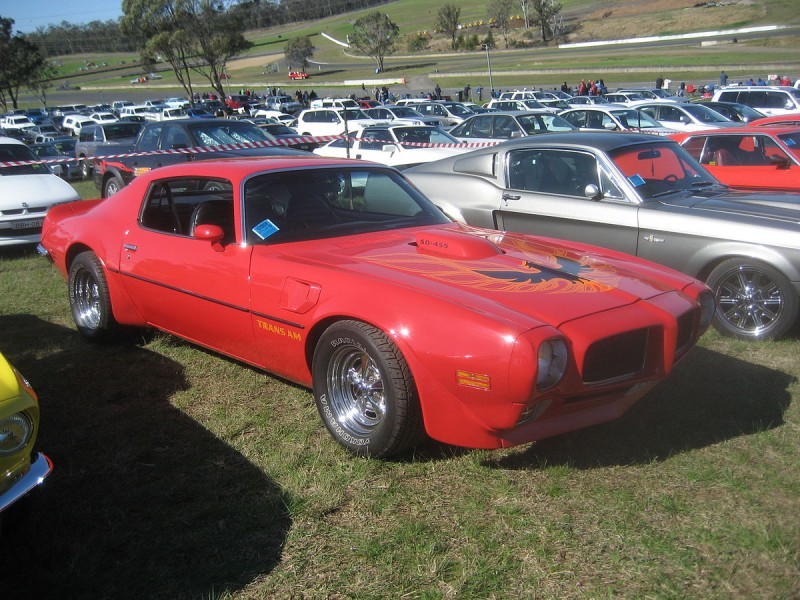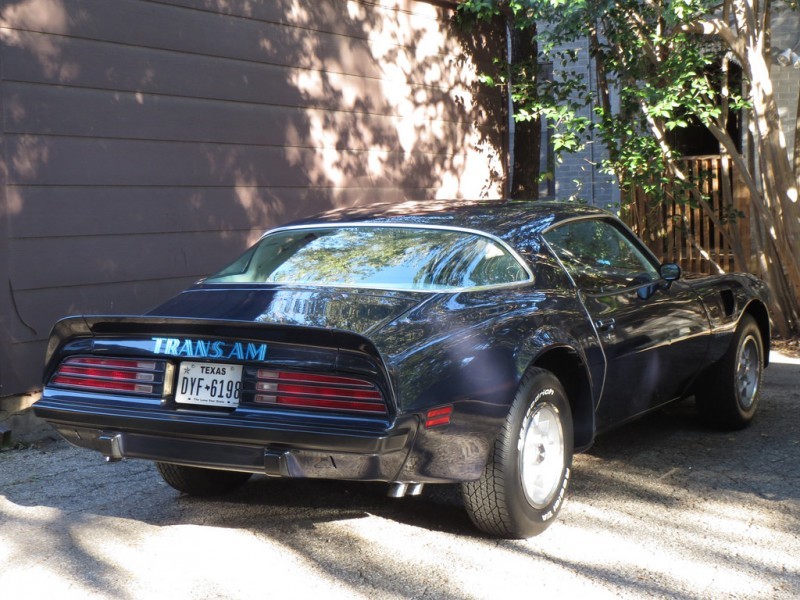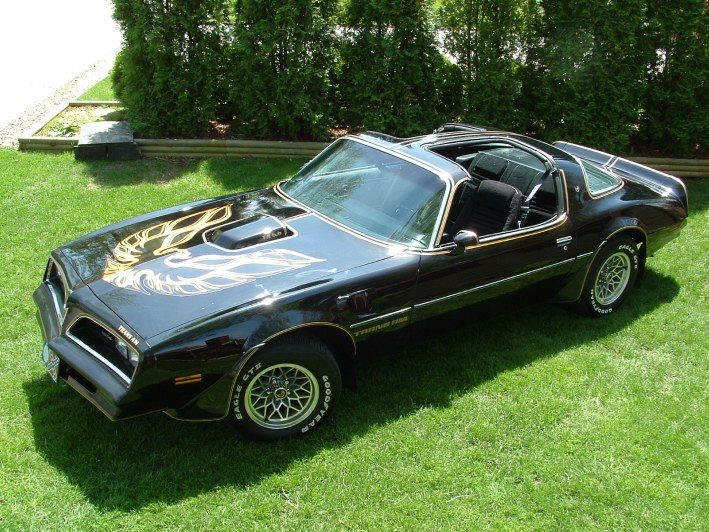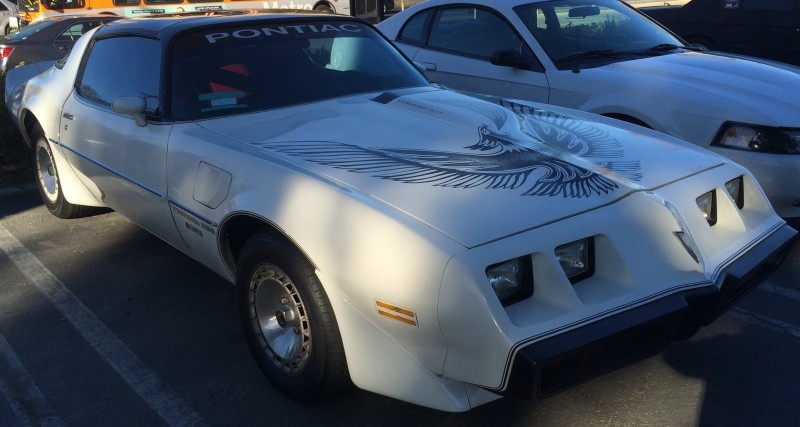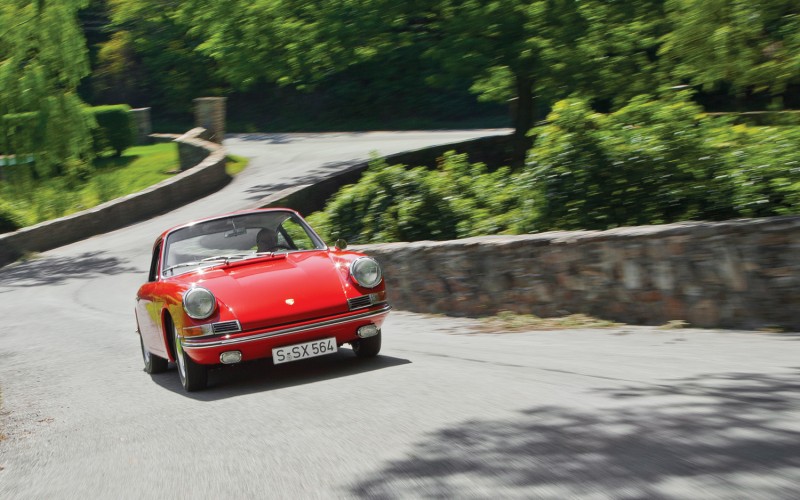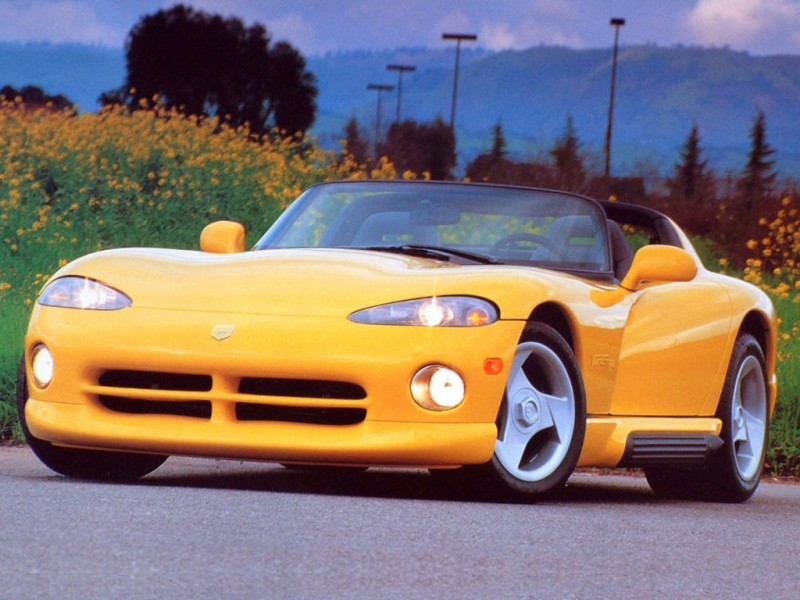Early into the 1970s, the international oil shortage crisis put the performance car market into a full nelson. The introduction of emission regulation equipment acted like a tag-team bent on ending the sports car performance altogether. To compensate, manufacturers turned to styling and screentime to keep the dream alive.
Born From the Ashes
Conflict breeds greatness, though, and this strenuous first round would help pave the way for better performing, cleaner running, and faster cars. One component of these global changes that could not take away though was styling. To compensate for their inability to match the performance of the prior decade, manufacturers turned to producing sports cars that only looked fast. There was no car in the 1970s that stole the spotlight more for being bad-ass quite like Pontiac’s Firebird/Trans Am, and that is what we are here to highlight today!
The Firebird hit American markets halfway into 1970; designs and production problems would ultimately delay it until mid-way through the year, but buyers welcomed its return. Like the 2nd generation Camaro, the Firebird was born as an evolution off of the 1st gen Camaro’s suspension platform – sharing A-arms, axles, leaf springs, and more.
The distinguishing features that set the Firebird apart were in the body styling, which was had a rounded and sleek look, opposite of the Camaro. The Firebird lineup was sectioned into four parts – Base, Esprit, Formula, and Trans Am – the first two being softer, more refined arrangements while the Formula and Trans Am had stiffer rides and featured burly V8s with horsepower ratings exceeding 300.
Roosted atop the pecking order was the Trans Am; the car was a monster. It had a suspension tuned by racing driver/engineer for GM, Herb Adams, and had two Ram Air options (III or IV) that respectively gave it 335 or 345 horsepower. It was initially only available in Polar White with a blue stripe or Lucerne Blue with a white stripe. During that first year, General Motors managed to put sales signs in over 3,000 of them.
The Fight of its Life
Despite that strong enthusiast support, by 1972 GM was genuinely unhappy with how the general public had received the Firebird. Emission regulations had begun to hit the year before, and consumers began to push away from the sports car market. Then a worker strike that same year put the Firebird’s (and Camaro) neck was on the chopping block with GM considering discontinuing the line but ultimately was spared from the ax. Nevertheless, they were unwilling to push money into it, so the 1972 model found even less power and was really not updated from 1971’s version.
73’s Screaming Chicken
By 1973, the United States was fully engulfed in the emissions change over and the world was struggling with the oil crisis – the Malaise era had begun. Most of the Firebird lineup went down on power and the coolest addition to the Trans Am was the now renowned “Screaming Chicken” decal to the hood. So it comes as a massive surprise that Pontiac was to release on of the most sinister Trans Am’s ever, the SD-455 that year.
The Special Duty 455 was a 455 racing motor that had a reinforced racing block, specialized camshafts, larger intake/exhaust valves, forged pistons, and a bespoke exhaust system. In all, this dialed up the horsepower to 310. A far cry from the output two years earlier but an impressive feat considering most automakers were diverting themselves away from anything performance related.
The Power Drought Continues
Few in GM would have thought the Firebird would have still been kicking by 1974. As such new safety regulations mandated a new front bumper and a general refresh was given to the car. Although it updated the looks, these new bumpers and body designs had an adverse effect on performance by adding considerable weight to the Firebird. Power continued to shrink down, and even the vaunted SD-455 was now rated at 290 horsepower. You could, however, select 27 different interior trim combinations!
In 1975, another styling change introduced a larger rear window that makes it easy to distinguish from previous years. In a momentary freak-out, GM dropped the SD-455 from the engine lineup, changed all Base & Esprit motors to Chevrolet inline-six, and then mid-year brought back the SD-455 for the Trans Am but now with only 200 horsepower.
East Bound and Down
Cue 1976: while it started off depressing for the Trans Am when it lost the 455 motors, again, it did get better, a lot better. Revised front bumpers endowed the car with considerably more angular and aggressive poise. Plus, the first-ever Pontiac T-tops now gave customers a way to open up the roof – a first since the 1969 Firebird convertible. For their next trick, though, Pontiac decided to celebrate their 50th anniversary by introducing the Black & Gold special edition.
Although it was nothing wildly special in 1976, come 1977 that would all change. Pontiac added quad-style headlights and completely re-tuned all of the engines. Now the Trans Am was struggling to put out 200 horsepower and run quarter miles in less than 16 seconds. But it doesn’t matter how slow your car is when you have Hollywood to make it look fast!
In 1977, the movie Smokey and the Bandit, starring Burt Reynolds, came out and all those styling cues to make the Trans Am look fast paid off big time. His Black & Gold Trans Am smoked up the screen, outran the law, dared impossible jumps, and gave America another hero car; Pontiac sat back and took orders all night long.
Into the Sunset
With Hollywood fame behind them, Pontiac did little for the next two years. In 1978, they released three different special editions with alternative color schemes. Come 1979; the quad headlights were re-configured into their own boxes, another special 10th anniversary Trans Am color set was released and was the last year of the 400 cubic inch V8.
Trying to keep some fire going, Pontiac, in 1980, brought out a first for them – a turbocharged 4.9L V8; it would long be held as the worst-performing cars in Trans-Am history. Although the motor was rated at 210 horsepower, the turbocharger that gave it that power took incredibly long to spool and was improperly designed for the engine it was mated to. This resulted in significant problems for owners as many engines detonated themselves into oblivion. The final year of the 2nd generation Firebird was in 1981, and the only change was the addition of an electronic carburetor system.
The Firebird and Trans Am would never have it easy, like most cars, in the 1970s. Pontiac did manage to find their groove; a feat few car manufacturers can claim in that era can claim. The Firebird’s life reminds us that things can still look great even if they are not what they were, a befitting analogy for the era. Plus, thanks to special touches like the SD-455, the Firebird hood decal, and some Burt Reynolds movie magic it lives on as an icon, and to that was say “10-4, good buddy!”
Specifications
- Years – 1970 ½ – 1981
- Layout – Front engine
- Drive – RWD
- Body Style – Coupe
- Seating – 4
- Motor – I6 / V6/ V8
- Displacement – 3.8 liters – 7.5 liters
- Power (hp) – 105 – 345
- Torque (lbs-ft) – 235 – 430
- Transmission – 3-speed manual / 3-speed automatic/ 4-speed manual
- Wheelbase – ~108.2 in (2,748 mm)
- Weight – ~3,850 lb (1,750 kg)
- 0-60 mph – 5.1 seconds (1970)
- Quarter-mile – 13.9 seconds (1971)
- Top Speed – 120-137 mph

